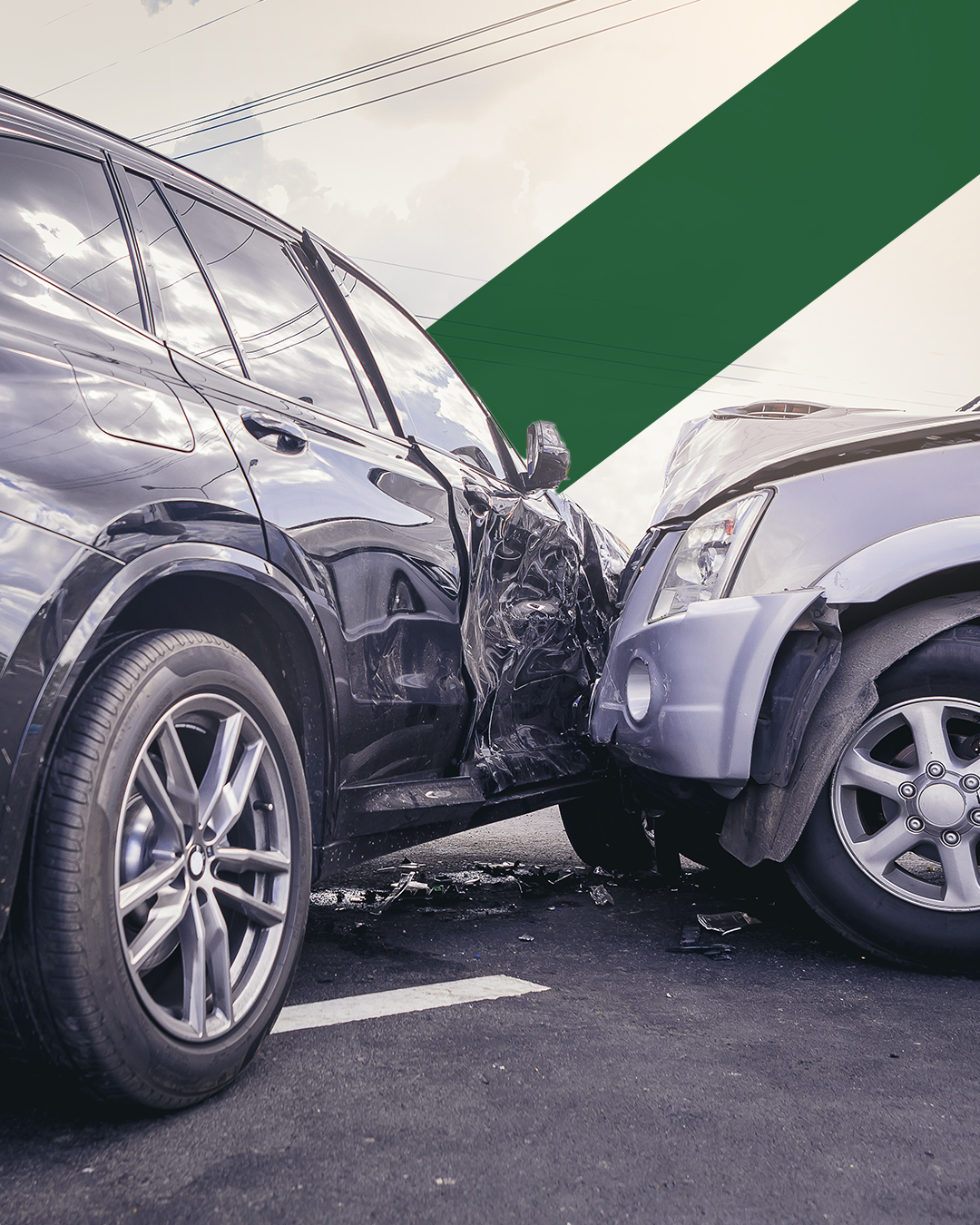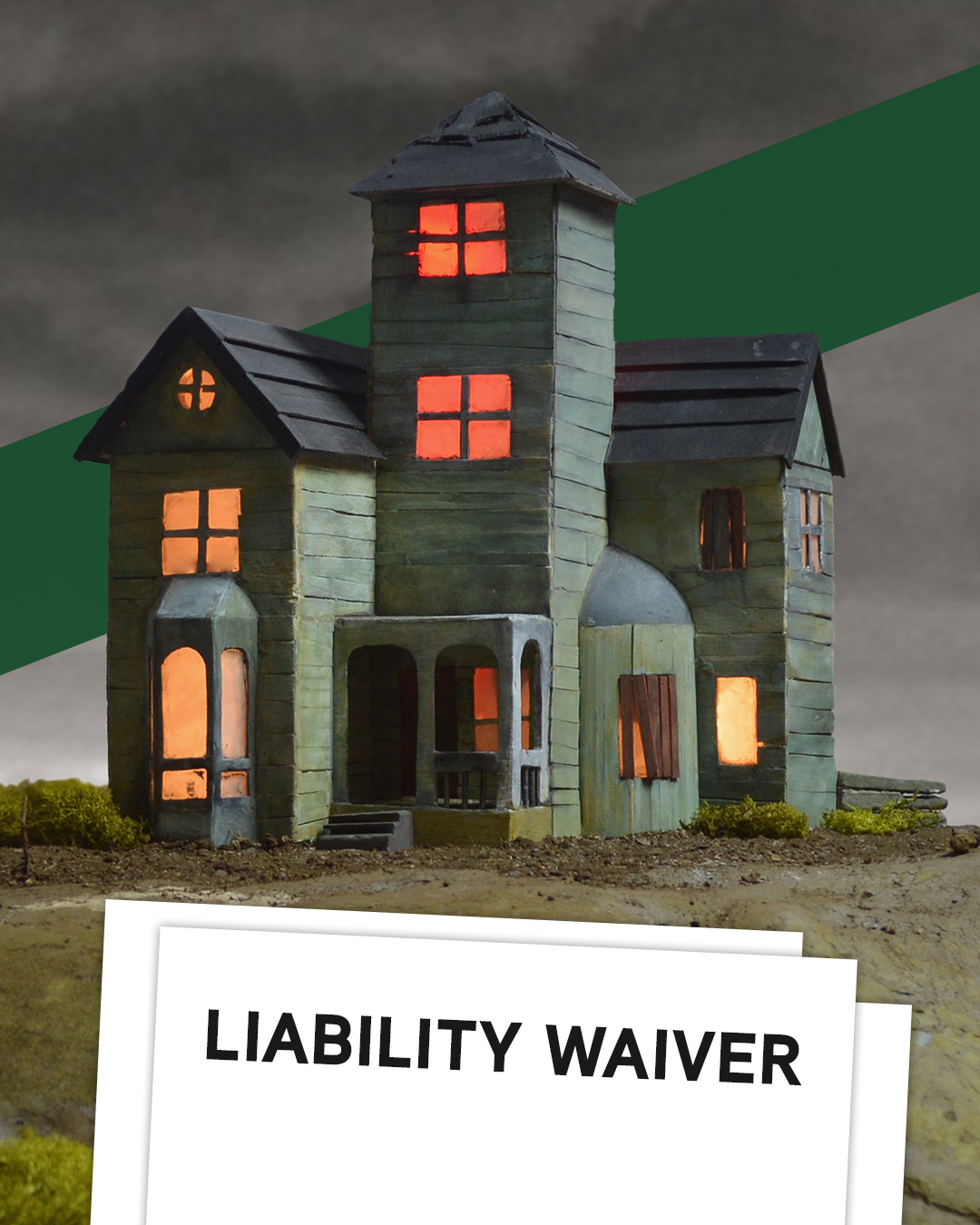Shifting Into Gear: Driving In The Fall & Winter
Winter can be a beautiful time of year, but it's also one of the most dangerous if you don't take the proper precautions. If you're not prepared for winter driving, there's a good chance that at some point this season you'll face legal trouble—and who wants that? To help keep yourself safe on the road, we've put together a list of tips to keep your car in tip-top condition and avoid getting caught in bad weather:
Always Keep Your Insurance Card Handy
In the event of a car accident, it's important to have your insurance card with you at all times. But don't keep it in your wallet or glove box: that's too easy to lose track of when you're not driving. If you have multiple cars and only need one at a time, leave the other one parked somewhere safe where no one can get into it and take off with your insurance information. You can also request that any driver who borrows one of your vehicles be responsible for keeping their own copy of their insurance card handy.
Increase Your Following Distance.
When you're driving on the road, it's important to keep a safe following distance. Not only is this an easy way to avoid accidents, but it can also save you money in repairs and fines. It reduces stress from other drivers' actions.
When someone tailgates us or cuts us off while we are driving on the highway or any other roadways, we may feel stressed out by their actions. Still, if we have increased our following distance, then this reduces our chances of feeling stressed out so much because now there is more space between both cars, making it easier for each driver who is not following too closely behind another car (or truck) on either side.
If you're following too closely, there's a good chance that another driver will try to merge into your lane or make a left turn in front of you. Some distance can be a quick way to avoid accidents.
Know And Avoid Black Ice.
Black ice is a thin layer of transparent, highly polished ice that forms when freezing rain or snow mixes with a temperature just above freezing. Black ice doesn't look different from regular ice because it's transparent, but it's smoother than regular ice and, therefore, harder to see. This can cause you to hit black ice and spin out of control if you're not careful when driving on snow-covered roads at night or in the early morning hours.
To avoid hitting black ice, slow down as much as possible when approaching intersections and other high-risk areas such as bridges and overpasses. It's also recommended that you drive slowly on roadways prone to forming this kind of slick surface (elevated roadways).
Clear Snow Before You Drive.
Clear the hood, roof and trunk of all snow. This will help you see better when driving in winter weather and prevent accidents in case you need to brake suddenly or swerve around a slick spot on the road. Clearing snow will also just make the start of your commute less of a hassle on those harsh winter mornings.
Adjust Your Mirrors To Reduce Glare.
It's common sense to adjust your mirrors so you can see the sides of your vehicle. But did you know that many states require drivers to adjust their side view mirrors so they can also see the rear of the car? This is important because it helps drivers avoid rear-end accidents, some of the most common collisions. If a driver hasn't adjusted his or her side view mirrors all the way out, he or she may not be able to see if another vehicle is approaching quickly from behind—and this could result in a crash.
There's another reason why it's important for drivers to adjust their side view mirrors: so they can see what's going on at intersections and other places where traffic merges together. Drivers need this information because sometimes vehicles will merge into one lane before merging back into another lane; if a driver isn't paying attention to what's happening around him/her, then he/she might hit someone who has merged into his/her lane (or vice versa).




